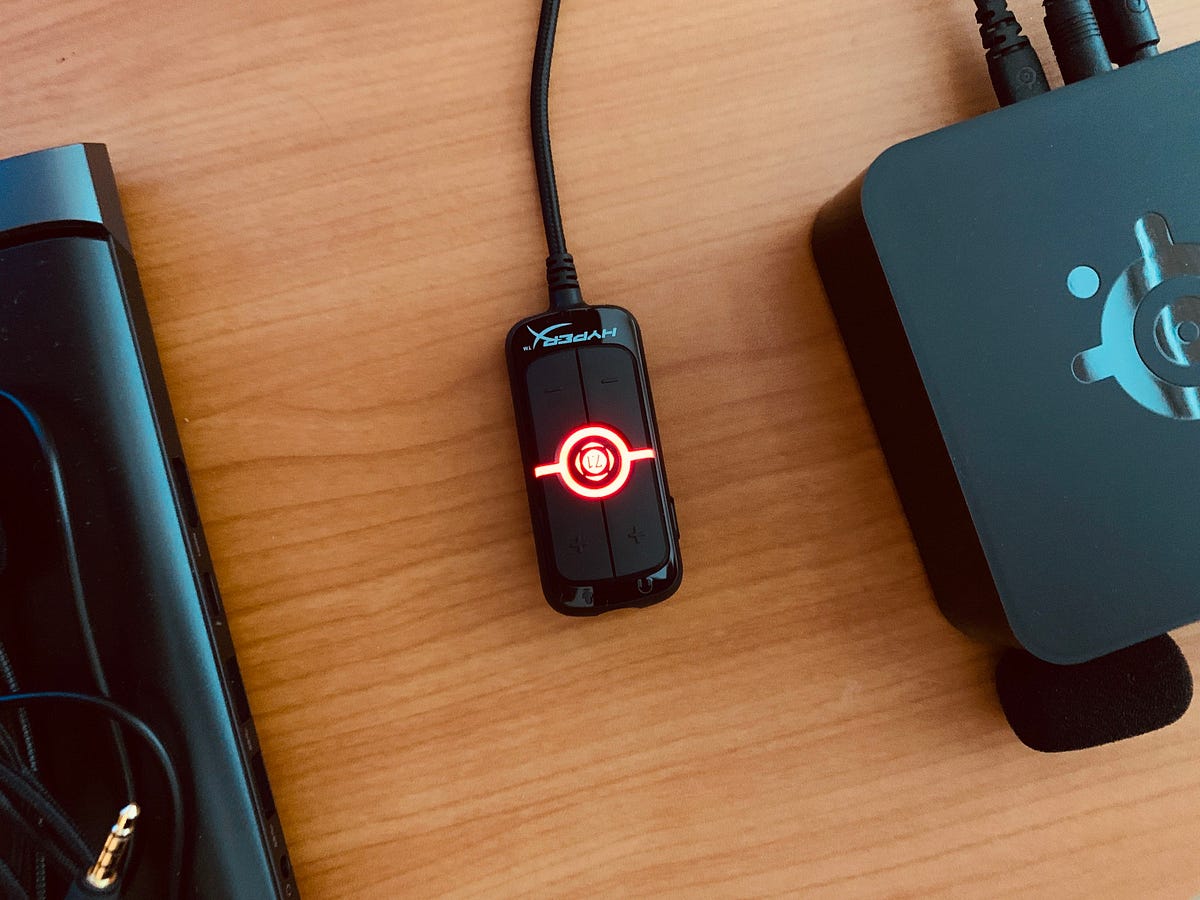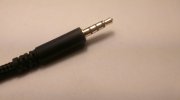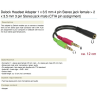Headset:
> Nominal impedance: 60 Ω per system
> Nominal SPL: 98±3dB
> T.H.D.: < 2%
> Power handling capacity: 150mW
Distortion looks good on rtings.com, much lower than 2%. Volume and EQ are the same when using 3.5 mm or USB connection of the USB control box. I believe the average impedance from a computer is around 30 ohms, which doesn't seem low enough for these headphones. They were tested on a laptop that has a rather average sound card. That was 50 mV max. Then tested on a gaming motherboard that has 200 mV max and it was only just adequate to reach around 94 dB. Used the scope in REW. EQ was configured in Equalizer APO to the target response here (The sound is indeed wrong without these EQ settings):

Headphones v1.5 - Graph Tool
There was a new audio control box called HyperX Amp USB Sound Card, but that one is not available. It supposedly adds some volume:

What happens if a PCI sound card is installed in a desktop computer and the headset is plugged in with USB, will it use the motherboard sound card or PCI? Is there some external amp that the 3.5 mm cable with three stripes can be plugged into, that would be better than looking for a motherboard with 200 mV? The three stripes are for stereo input and mic output, so would an adapter that splits the connector into separate stereo and mic connectors be best (for an external DAC and ADC)?
Attachments
Last edited:



